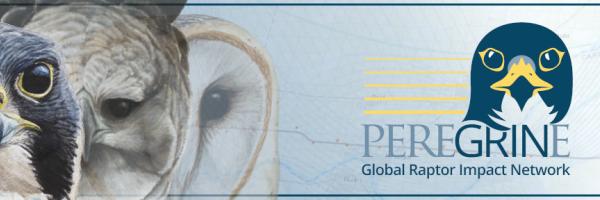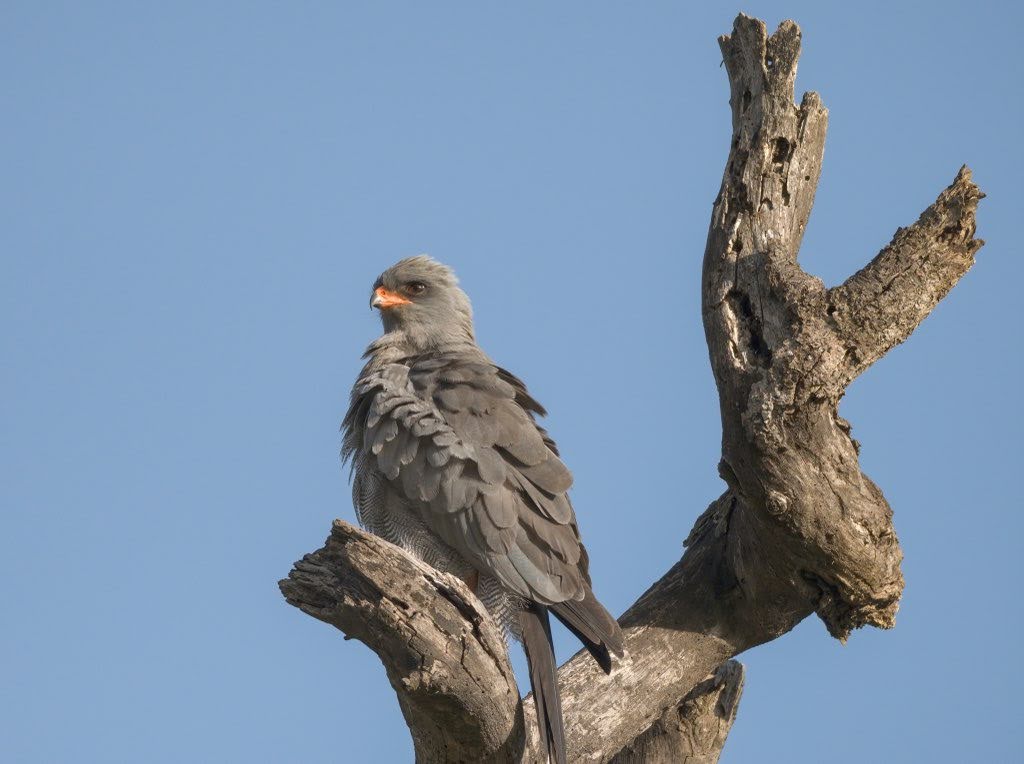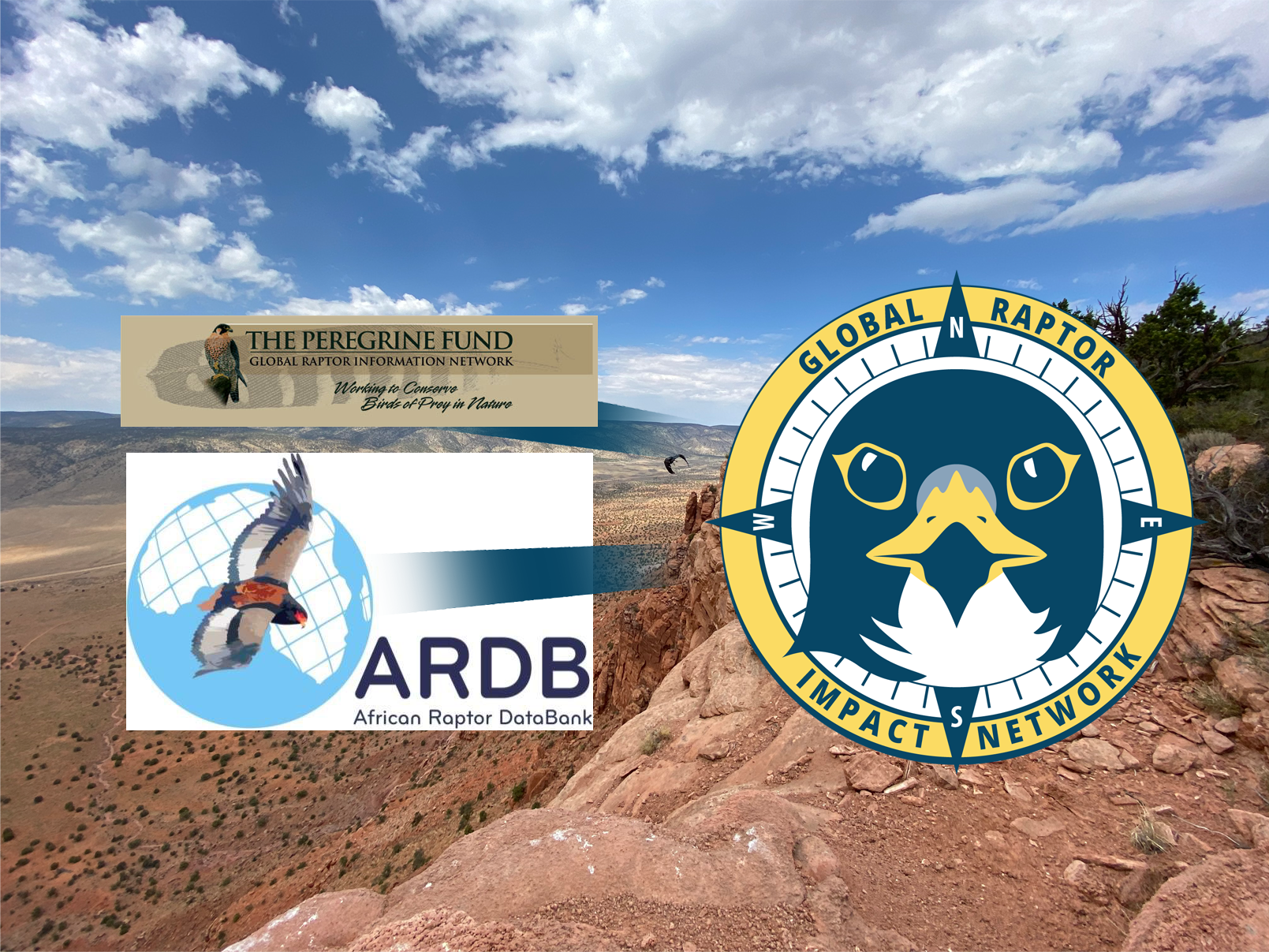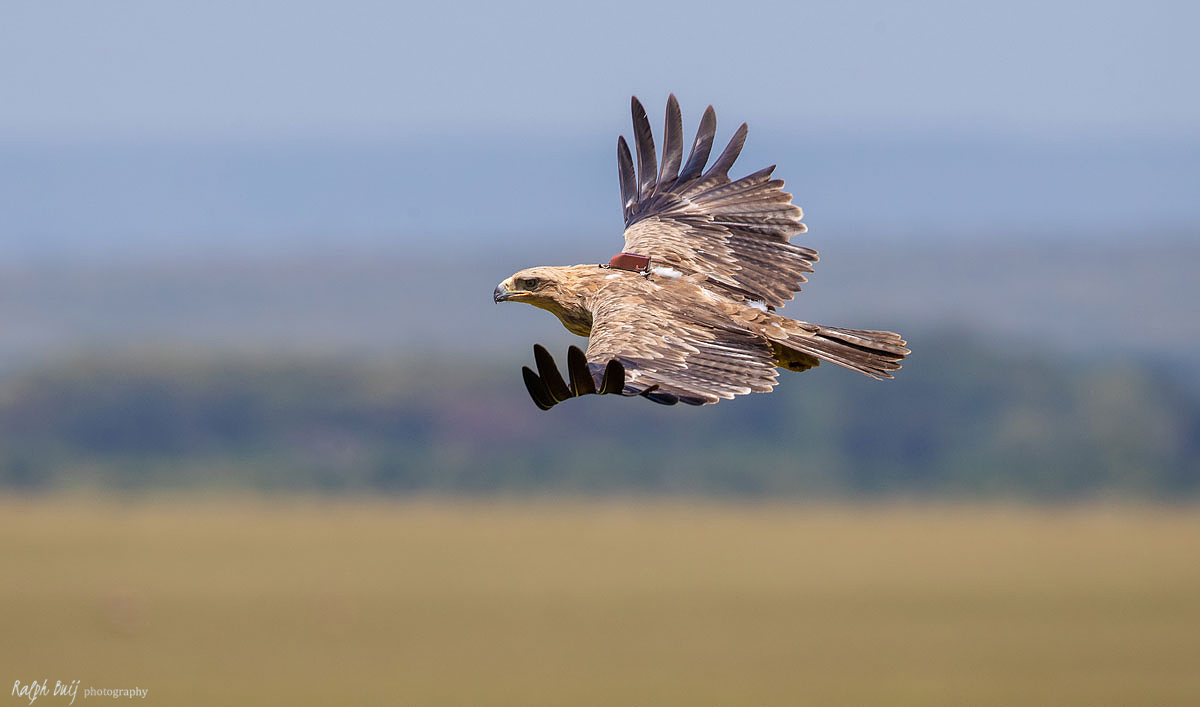Hello again from Boise, Idaho!
Our dedicated team of staff and interns have been working as hard as ever to build the Global Raptor Impact Network (GRIN) into the preeminent source of information on raptors—and to use that information to save raptor species everywhere. Read on to find out what’s new behind the scenes and on your screens in the world of GRIN.
The Past, Present, and Future of the Global Raptor Impact Network
Although GRIN has experienced a recent (and ongoing) renaissance in the last few years, the project has been around in various forms for several decades. Now, raptor researchers from around the world have collaborated on a paper examining its history and detailing its future direction. Published in the Journal of Raptor Research, the paper explores GRIN from its nascent stages as the Global Raptor Information Network to its future redefined as the Global Raptor Impact Network.
In the late 1990s, the Global Raptor Information Network was founded as a website to provide information about diurnal raptors and facilitate communication between raptor researchers. A separate project called the African Raptor DataBank (ARDB) engaged raptor researchers across Africa in collecting real-time observations through a mobile app. The data collected were compared to historic data and showed significant habitat loss and hotspots for threats like poisoning and electrocution.
The new GRIN is building on the success of these two programs by merging them and adding even more functionality. The information found on the original GRIN website has been retained, but we’ve added real-time data collection and storage through a new GRIN mobile app based on the original ARDB app. We’ve also added data-sharing capabilities that enable researchers to share data when desired and protect data to ensure the safety of sensitive species, increased analysis tools, and much more. And one of the biggest additions: owls! The new GRIN now collates and contains information on all raptor species, not just the diurnal ones.
“Raptor populations are in decline and almost 20% of species are threatened with extinction,” says Dr. Chris McClure, Executive Vice President of Science and Conservation at The Peregrine Fund. “We hope that this new version of GRIN will benefit the raptor research community as we work together to address the threats species are facing.”
To learn more about what GRIN is and where we’re going, read the full paper here. We’re excited to have you all on board, and look forward to seeing GRIN reach its full potential in the coming months and years.
The GRIN App Tutorial Video Series Expands
Users of the GRIN app, rejoice! The third in our planned series of five tutorial videos is now available. Available in both English and Spanish, our newest video dives into how to take detailed observations using the app.
Although the GRIN app features two modes to rapidly enter bird of prey observations, as explained by our previous tutorial, most users will want to use a third mode: detailed observation mode. Although it takes longer to enter an observation here than in the other two modes, detailed observation mode makes up for it by allowing researchers to record just about any type of raptor data—so much, in fact, that we couldn’t fit it all in one video!
Our newly released tutorial covers how to record common data that most researchers collect, such as color morph, sex, and the bird’s location. The GRIN app includes four separate methods to let you plot the bird’s coordinates as accurately as possible, and you can even store photos or audio recordings. Our next tutorial will delve into how to use detailed observation mode to collect more information, such as behavior observations, band and auxiliary marker data. And lastly, our final tutorial of the series will cover how to manage your data within the app. Stay tuned!
Questions or comments about the app? Found a bug you need to report? Wish the tutorial videos were in a different language? For all these questions contact our staff at grin@peregrinefund.org and we’ll be happy to help.









